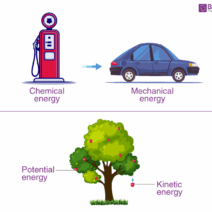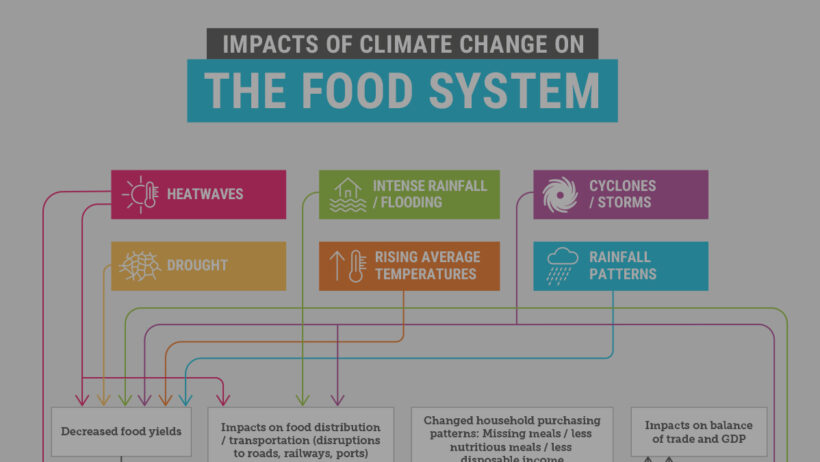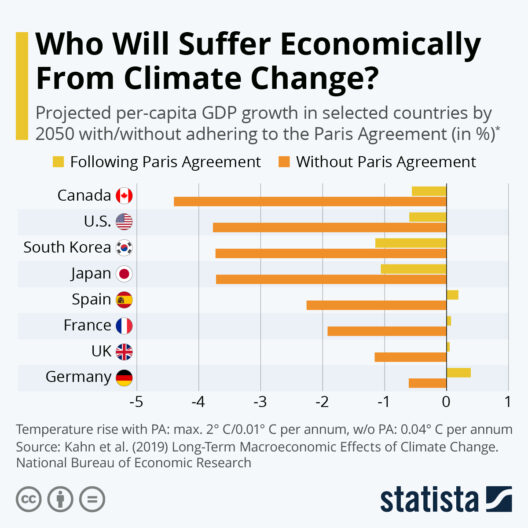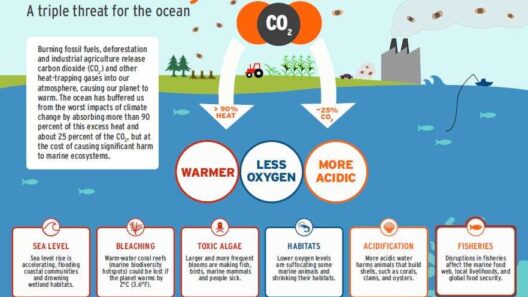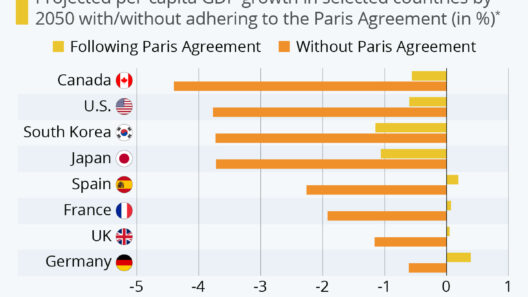Climate change is often discussed in terms of its dramatic effects on weather patterns and rising sea levels. However, one of the less visible, yet profoundly significant impacts is the threat it poses to global food production. What if, in the not-so-distant future, finding a consistent supply of staples like wheat, rice, and corn becomes a challenge? This hypothetical scenario may not be as far-fetched as it seems.
The intricate relationships between climate and agriculture hinge on myriad variables, all of which are shifting due to anthropogenic climate change. Rising temperatures, erratic precipitation patterns, and increased frequency of extreme weather events are just a few of the elements disrupting agricultural cycles. With these conditions deteriorating, the very foundation of food security is at risk.
First and foremost, rising global temperatures can lead to a degradation of soil quality. Higher heat levels can exacerbate evaporation rates, leading to drier conditions that sap soil moisture. This reduction in water-holding capacity is particularly detrimental for crops that rely on consistent moisture, such as corn and soybeans. Additionally, sensitive farmland may experience salinity intrusion in a warmer climate, particularly in coastal regions where rising sea levels threaten aquifers.
Diminishing soil quality not only threatens yield but also affects the health of the ecosystem as a whole. Soil is a living entity, teeming with microorganisms that function as the foundation of our food systems. The interplay between soil, crops, and climate forms a delicate equilibrium that, if disturbed, could yield catastrophic results for agricultural production.
Furthermore, the unpredictable nature of precipitation is leading to concerns about crop resilience. In many regions, agricultural productivity significantly hinges on seasonal rainfall. Alterations in precipitation patterns can result in either excessive flooding or prolonged drought. Both extremes carry dire consequences. Floods can wash away young plants and erode fertile land, while drought conditions can decimate harvests before crops reach maturity.
Moreover, climate change is facilitating the expansion of pests and diseases that target crops. Warmer temperatures can enable various species that were once restricted by climatic boundaries to thrive in new areas. For instance, the fall armyworm, a notorious pest, has found its way into eastern Africa and huge parts of South Asia and is wreaking havoc on crops. The increased capacity for these pests to proliferate not only complicates crop management strategies but also increases reliance on chemical pesticides, which can harm human health and the environment.
Furthermore, the nutritional quality of crops is also being jeopardized. Studies have indicated that elevated levels of carbon dioxide might adversely affect the micronutrient content of staple crops. For instance, wheat and rice could exhibit lower concentrations of essential nutrients like zinc and iron. As world populations burgeon, the urgency for nutrient-rich food is paramount, yet climate change may subvert those very objectives.
The implications run deeper not only in terms of hunger but also on socioeconomic levels. Regions heavily reliant on agriculture for their economies, particularly in developing countries, could face severe economic consequences due to climate-induced crop failures. The feedback loop creates a scenario of poverty that is difficult to escape. One can question, how can nations bolster their agricultural infrastructures amidst these adversities?
Adaptation strategies need to be mulled over earnestly, promoting resilience within agricultural systems to withstand climate pressures. Crop diversification presents an avenue for enhancing resilience, as planting a wider variety of crops can reduce dependency on a select few. Implementing agroecological principles, such as organic farming and permaculture, could further enhance soil health while providing sustainable food systems.
Moreover, technological advances have played a critical role in evolving agricultural practices. Precision agriculture, which utilizes data analytics to optimize farming practices, allows farmers to administer resources more efficiently, potentially mitigating the impacts of climate change on yields. Furthermore, developing climate-resilient crop varieties through genetic modification could yield crops that withstand both extreme conditions and new pest pressures.
Education and community involvement are paramount. Farmers need access to resources that educate them on adaptive practices that can be employed in the face of climate change. Collaborative efforts among agricultural businesses, non-profits, and government entities can provide crucial support networks to disseminate this information effectively.
In summary, the specter of climate change looms large over global food production. The impacts—whether through degrading soil, shifting precipitation patterns, invasive pests, or nutritional deficiencies—are multifaceted and create an urgent need for adaptive measures. Ignoring these interconnected issues may lead to the challenge of ensuring food security, compounding existing vulnerabilities. Are we prepared to embrace the necessary changes to safeguard our food systems for future generations?
The tumult of climate change presents not only threats but also opportunities. By innovating and adapting agricultural practices, we can transform potential crises into pathways for sustainable development. The road ahead is fraught with challenges, yet humankind’s ingenuity can serve as a beacon to navigate the tumultuous waters of climate change.

